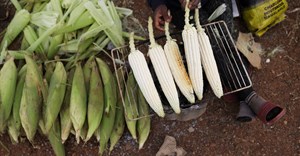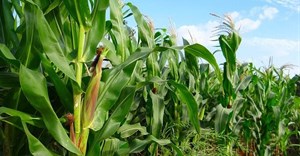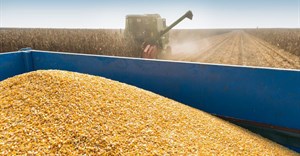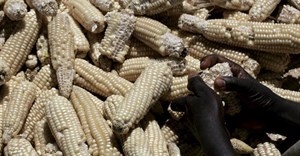Trending
Elections 2024
South Africa and Zambia's maize supplies are in good shape

The broader global theme remains roughly unchanged from last month. There is less wheat in the world due to drought in parts of the European Union and Black Sea region. Meanwhile, maize, soybeans and rice production estimates are relatively higher than last season due to expectations of large yields in the US, Asia and South America, amongst others – I know I am skipping a lot of important details, will come back to this next week.
From the South African side, the agency left its estimates for 2017/18 season, which is a crop that is currently being harvested, unchanged from last month at 13.8 million tonnes. While higher than the average production of 12.5 million tonnes, this is well below the previous season’s record harvest of 17.6 million tonnes due to a decline in area planted and expectations of average yields in some areas.
Maize production percentage levels
The key message from these numbers is that South Africa’s maize market will be well supplied in the 2018/19 marketing year, which ends in April 2019. Total maize supplies could reach 16.7 million tonnes, well above the local demand of 10.8 million tonnes per annum. The maize supplies figure combines opening stocks and expected production. This essentially means that during the 2018/19 marketing year, South Africa’s maize exports could, at the least, amount to 2.5 million tonnes – slightly lower than the volume exported in 2017/18.
Furthermore, the agency placed Zambia’s maize production at 2.4 million tonnes, down by 34% from last year’s record crop, and down 20% from the five-year average. This decline is on the back of a reduction in area planted, as well as expected lower yields due to unfavourable weather conditions earlier in the season. Drought prevailed in Zambia’s maize production areas from December 2017 through January 2018. The extent of January’s drought also occurred during the critical pollination stage which adversely affected yields.
Although the expected production is 14% lower than the country’s annual maize consumption, Zambia’s maize supplies are still in good shape, thanks to large stocks of over a million tonnes from last year.
This generally means that maize prices in South Africa and Zambia could remain at fairly lower levels in the near term. The key risk is the expected El Niño — chance of another drought in the coming summer season — but we will get more reliable estimates about this in the coming month or so.

















